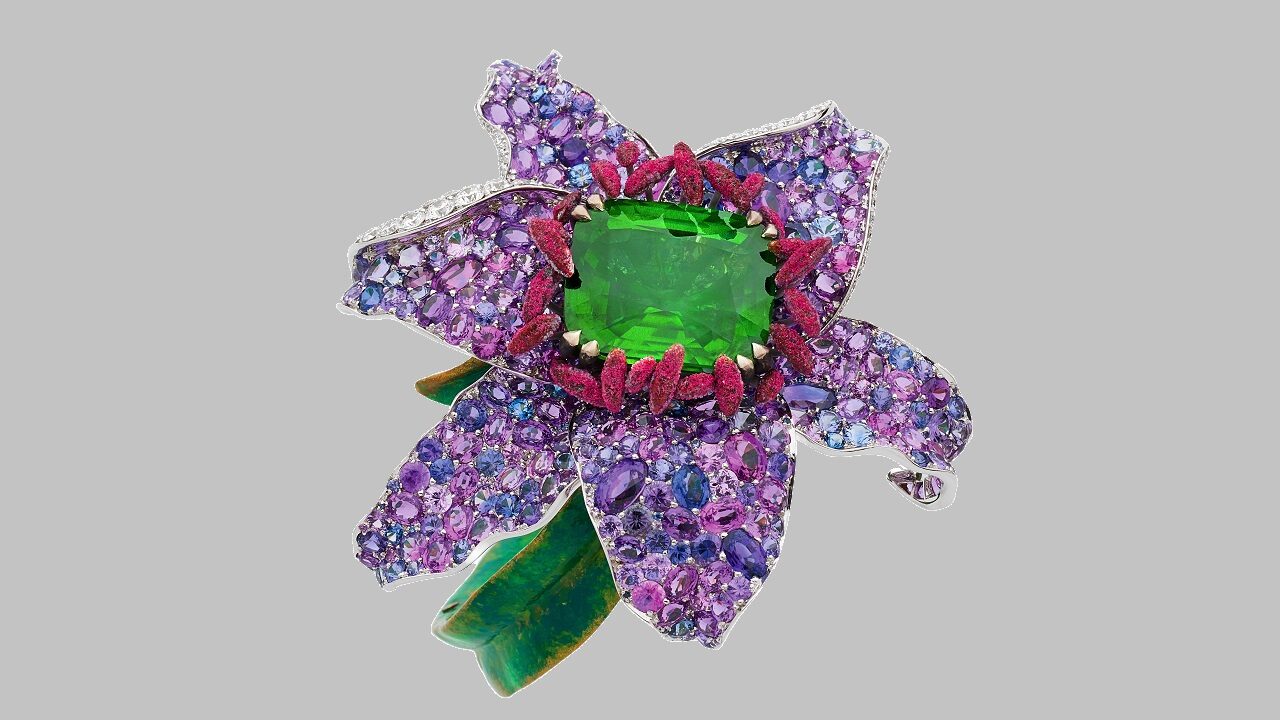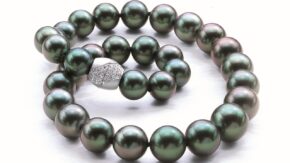Sentiment was upbeat at TEFAF Maastricht as the venerable fine arts, antiques and design fair returned to its usual format following three years of pandemic-induced disruptions.
The event in the Dutch city attracted more than 50,000 attendees during its 11-day run in March. That’s about 20,000 fewer visitors than the fair hosted in 2019, the last time it took place without the effects of Covid-19 lockdowns. It was the last art fair to close for Covid-19 and one of the last to reopen following the pandemic.
In March 2020, the show closed early due to a coronavirus outbreak, while in 2021 it went digital-only. In 2022, the show ran in June for the first time and opened for fewer days.
Despite fewer attendees, the jewelry exhibitors were in good spirits during the first two invitation-only days of the fair.
Only a few companies made their sales public. Among them was a Hong Kong brand called Forms, a first-time exhibitor and a new entry into the world of contemporary high jewelry. At the show, the company sold its highly crafted contemporary pieces to Dutch, Belgian and German buyers, it said.
London vintage watch specialist Somlo sold its King Midas Rolex, an all-gold timepiece with an asymmetric bracelet that was considered to be the most expensive watch of its time. It is believed to have had a 10-year limited-production run, from 1962 to 1972. The company produced about 1,000 pieces, according to estimates.
Spanish historic jewelry specialist Deborah Elvira sold a medieval ring with sapphire and gilded silver as well as an early 17th-century gold and crystal cross. Elvira’s booth also had a number of gold religious jewels that possibly date as far back as the seventh century.
Typically, jewels on display at Maastricht range from contemporary pieces by high-jewelry artists to items from the Middle Ages or earlier. Pieces are predominantly from the Western world, but Russian, Asian and Middle Eastern influences can be found as well.
Among contemporary artisans, Anna Hu attended the fair and will be returning next year, a spokesperson for the high-jewelry artist said. Hu presented her latest 20 creations in displays in which the jewels appeared to be floating.
There is no doubt that German jeweler Hemmerle will return. The co-owner of the family firm, Christian Hemmerle, is on the TEFAF board and the company has a long relationship with the fair. There is a consistency in the design of some of the pieces, while the firm continues to break new ground in jewelry-making techniques and the use of the materials. Among the new pieces the company presented was a pair of earrings that mimicked pine needles. They are made of peridots and demantoids set in aluminum, bronze and white gold.
Another German craftsman who will no doubt be returning next year is Otto Jakob, who creates tiny sculptures using ancient gold and enameling techniques combined with hi-tech influences such as 3D printing. He has a loyal following at the fair, and his booth was busy throughout the first two days.
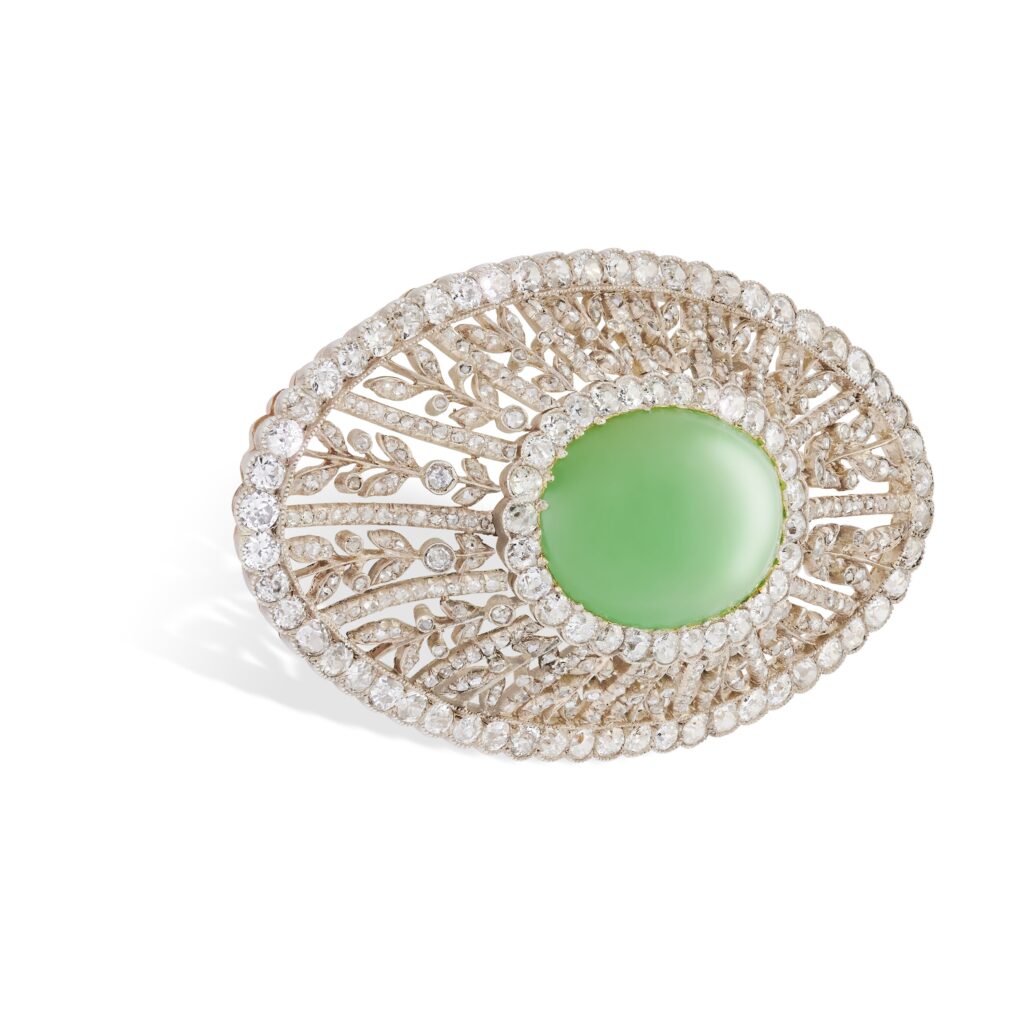
Among the dealers of antique and period jewels, Fabergé is a big draw, with several exhibitors specializing in the historic Russian jeweler. However, the number of pieces available was reduced because of difficulties complying with European Union and US restrictions on Russian goods following the country’s invasion of Ukraine.
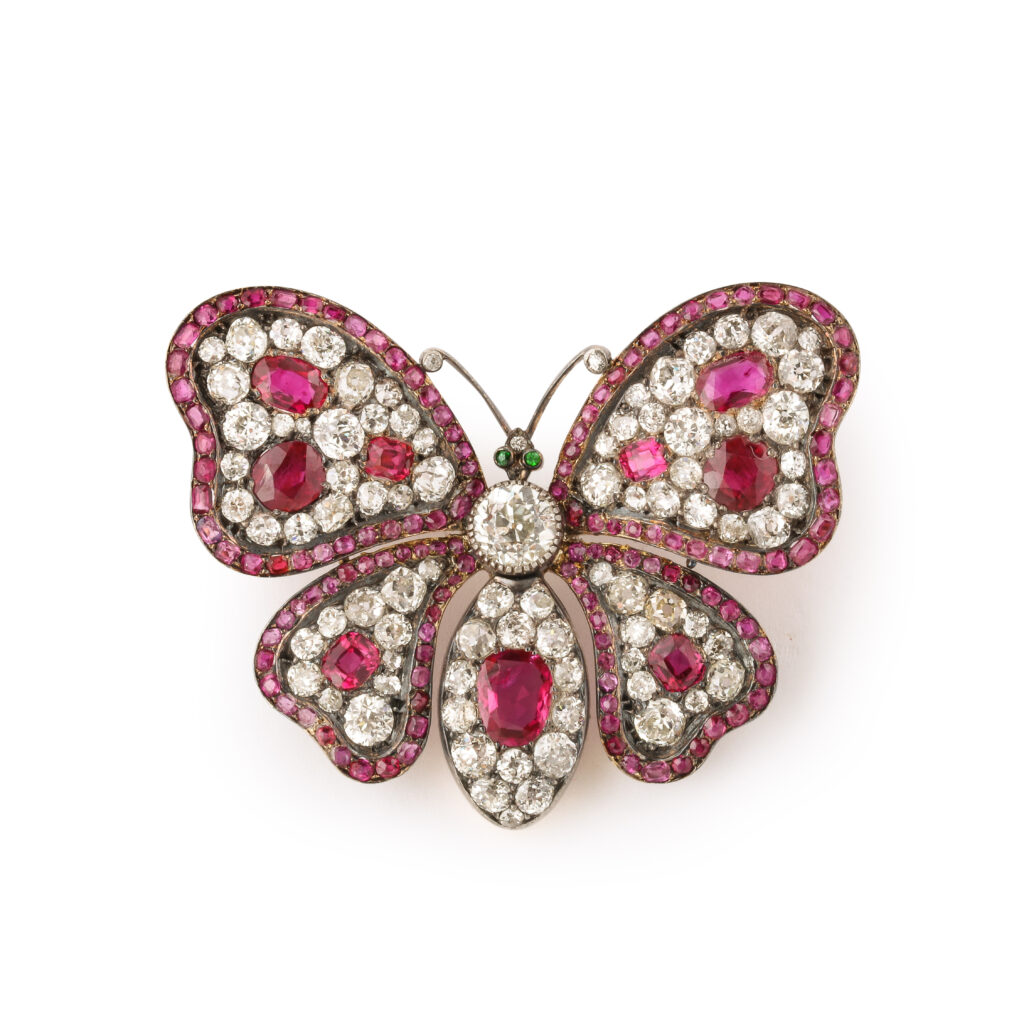
A la Vieille Russie, a New York dealer in antiques and jewels with a specialty in Russian objects, chose to highlight its collection of animal-themed jewels from European and American designers such as Cartier, Schlumberger, Tiffany & Co., and Van Cleef & Arpels.
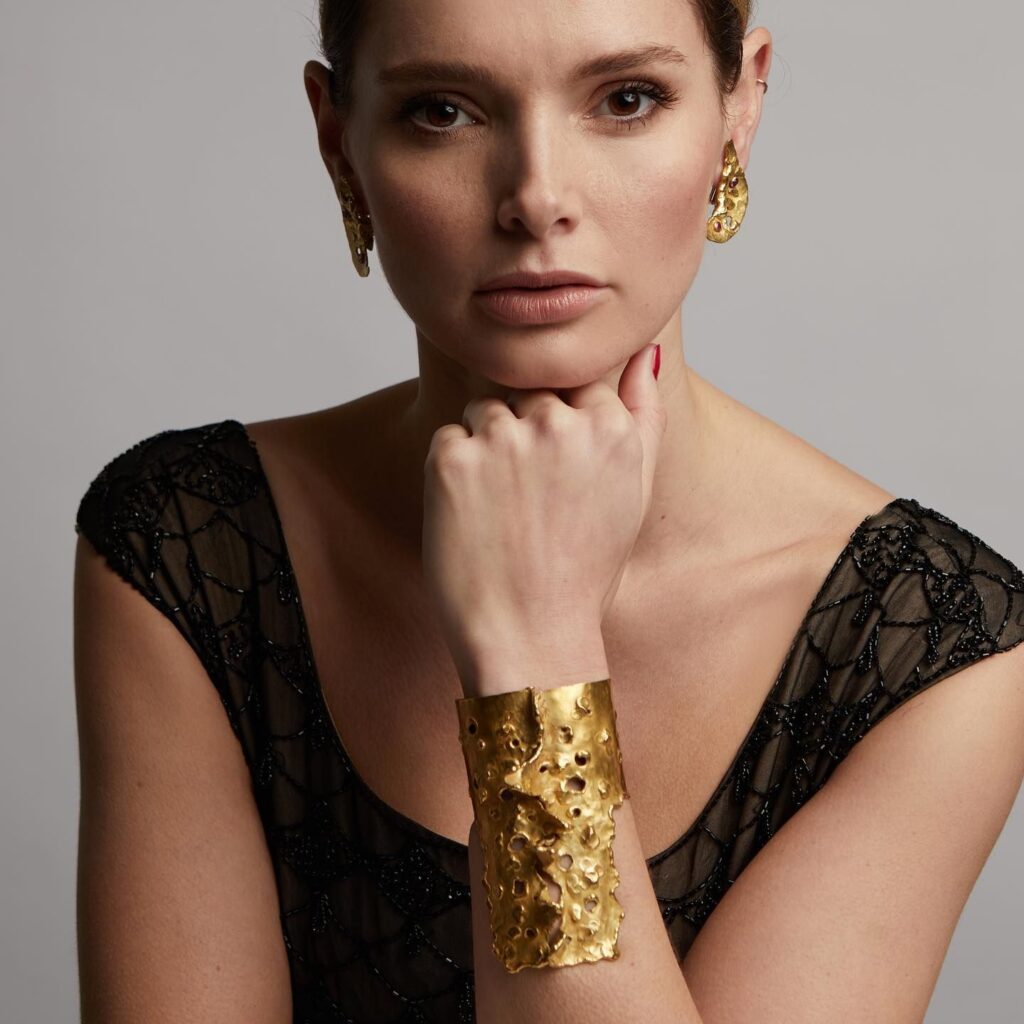
London jeweler Wartski, which also specializes in Fabergé, included in its broad range of jewels and objects a Fabergé chrysoprase brooch set in gold with diamonds. Didier, founded by Didier and Martine Haspeslagh, are the authorities in jewels created by modern artists. Its exhibition space was dedicated to Italian artists. One of the prized pieces in the exhibit was a rough-textured yellow gold cuff by artist Nino Franchina.
Van Cleef & Arpels remains a mainstay at the fair. While it had some of its new high-jewelry pieces on hand, the focus of its exhibition was the heritage pieces the French jewelry house is constantly acquiring.
Main image: A lily bangle by Anna Hu. (Anna Hu)
